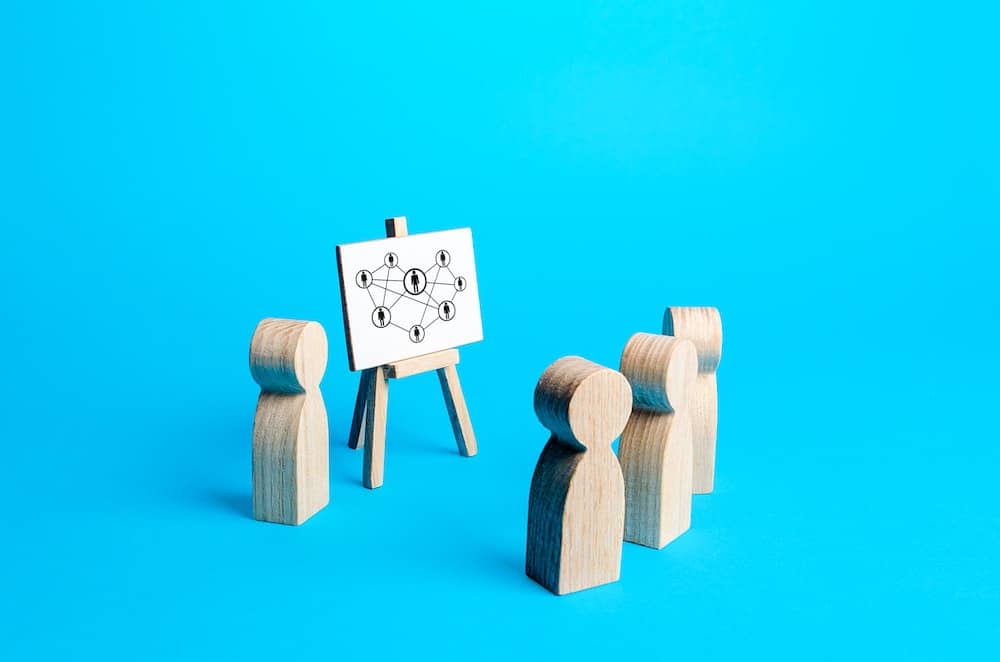How to Adopt a Circular Economy Model in UK Manufacturing?

Evolving towards a more sustainable future, it becomes vital for industries to rethink their business models. The linear economy model, characterized by the ‘take-make-waste’ approach, is no longer sustainable. As a result, the circular economy model is rapidly gaining acceptance as a better alternative. This model promotes the reduction of waste and the maximum use of resources, making it an excellent solution for businesses keen on reducing their carbon footprint. For industries – especially in manufacturing – adopting this model becomes not just an option, but an imperative.
Understanding the Circular Economy Model
The circular economy model deviates from the traditional linear approach by promoting a system that minimizes waste and optimizes the use of resources. Instead of the ‘take-make-dispose’ model, the circular economy emphasizes ‘reduce, reuse, recycle’. This change in perspective can deliver significant environmental and business benefits, especially in manufacturing industries, where resource usage and waste generation are often high.
Have you seen this : Checklist for safe and compliant animal crossings at borders
A circular economy model can be a game-changer in the manufacturing industry. It emphasizes designing products meant to last, using renewable or recyclable materials, and harnessing energy from sustainable sources. Further, it motivates manufacturers to develop products that are easy to repair, upgrade, and eventually recycle, thereby reducing landfill waste.
The Role of the Circular Economy in Climate Change Mitigation
Adopting a circular economy model can play a vital role in mitigating climate change. Manufacturing processes are often energy-intensive, contributing significantly to global carbon emissions. Shifting to a circular model can help to reduce these emissions, making the manufacturing industry part of the solution to the climate crisis, rather than part of the problem.
Additional reading : How Can Virtual Interactive Showrooms Transform UK Furniture Retail?
This model encourages the usage of renewable energy sources in the production processes, which can significantly reduce the carbon footprint of the manufacturing industry. Moreover, by promoting recycling and reuse of materials, it can minimize the need for extracting and processing raw materials, which are also carbon-intensive processes.
How to Implement a Circular Economy Model in Manufacturing
Implementing a circular economy model in manufacturing is a multi-step process. It requires a shift in mindset and a willingness to innovate and invest in sustainable practices.
Product Design and Development
The first step towards adopting a circular economy model is at the product design and development stage. Manufacturers need to design products using materials that are either biodegradable or recyclable. Also, products should be built to last, with modular designs that allow for easy repair and upgrades, reducing the need for replacement and ultimately reducing waste.
Manufacturing Process
The next step is to revamp the manufacturing process. This includes using renewable energy sources, reducing waste in the manufacturing process, and reusing or recycling waste that cannot be eliminated.
End of Life Management
Finally, manufacturers need to consider the end-of-life management of their products. This includes offering take-back schemes for used products and ensuring that these products are recycled or disposed of in an environmentally friendly manner.
Challenges in Adopting a Circular Economy Model
While the benefits of a circular economy model are clear, there are challenges to its adoption. One of the main challenges is the initial investment required to redesign products and revamp manufacturing processes.
Another challenge is consumer perception. Many consumers are accustomed to the linear economy model and may resist changes such as products designed to last longer or be repaired rather than replaced.
Despite these challenges, the circular economy model offers a viable and sustainable solution for the manufacturing industry. It not only helps to mitigate climate change but also offers significant business benefits, including cost savings from reduced resource usage and waste generation, and potential new revenue streams from recycling and remanufacturing activities.
Case Study: The Food Industry
The food industry offers an excellent example of how a circular economy model can be implemented successfully. Many food manufacturers are implementing practices such as using food waste for energy production, implementing sustainable farming practices, and packaging their products in biodegradable or recyclable materials. These practices not only reduce waste and carbon emissions but also often result in cost savings and new revenue opportunities.
Adopting a circular economy model is not an overnight process, but a journey that requires commitment, innovation, and a willingness to invest in change. However, the rewards – for businesses, for the environment, and for future generations – make it a journey worth embarking on.
Circular Economy Principles and the Supply Chain
Transitioning into a circular economy model also extends in complexity to supply chains. Supply chains, in essence, need to become circular supply chains, reflecting the principles of the circular economy. This transition means that all stages of the product life cycle from raw materials to production processes, use, and end of life, are considered and optimized for sustainability and reduction of waste.
The first principle involves prioritizing regenerative resources. This means utilizing renewable, reusable, and non-toxic resources that are integrated into the production process. In addition, businesses should work on increasing the efficiency of their supply chains, reducing waste and making certain that any waste that is produced can be turned into a new resource.
The Ellen MacArthur Foundation, a UK-based charity that promotes the adoption of a circular economy, suggests three principles for a circular supply chain: design out waste and pollution, keep products and materials in use, and regenerate natural systems. These principles provide a foundation for businesses to rethink and redesign their supply chains in line with a circular economy model.
In a circular supply chain, the concept of waste would be eliminated. Materials for one company’s product could become the raw materials for another company, creating a closed-loop system. This notion not only aligns with the principles of a circular economy but also holds the potential to create new, innovative business models and opportunities.
Conclusion: The Future of Manufacturing in a Circular Economy
The adoption of a circular economy model is a transformative process that allows the manufacturing industry to better align with sustainable production goals. It involves significant change, innovation, and investment, but the potential rewards are considerable. By reducing reliance on finite resources, minimizing waste and carbon emissions, and creating effective end-of-life strategies, businesses can not only contribute to mitigating climate change but also unlock new economic opportunities.
Furthermore, the circular economy model opens up potential for a resilient and robust manufacturing sector. By adopting this model, businesses can insulate themselves against raw material price volatility and supply chain disruptions. It also fosters innovation and can lead to the development of new products, services, and business models.
Despite the challenges and initial investment required, the business and environmental cases for transitioning to a circular economy in the UK manufacturing sector are compelling. It is a model that aligns with the global goals of sustainable development and climate change mitigation. The journey may be complex, but the ultimate rewards are worth the effort.
The built environment, product life, and production processes all stand to benefit from this shift. As the Ellen MacArthur Foundation and other proponents suggest, the time for the circular economy is not just coming. It’s already here. As such, the transition to a circular economy model in the manufacturing industry is not just a choice, but an imperative for a sustainable future.
